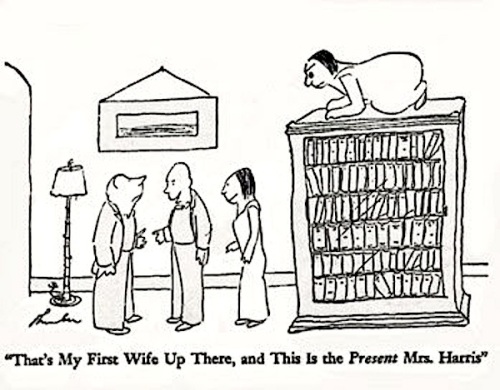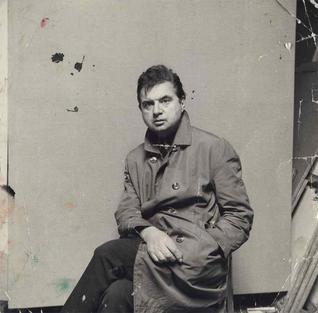A while back I did a post here
about neo-noir films that I liked. One of them was Fracture, with Ryan Gosling
and Anthony Hopkins.
Today I’m going to go into more depth
about that film, which also stars David Strathairn, Rosamund Pike and Billy
Burke:
And, you know I did that just to
show pix of both and (hopefully get a laugh)…
Written by Daniel Pyne and Glenn
Gers and, and directed by Gregory Hoblit, it’s one of those movies that I find
myself watching over and over – I’ve seen it a few times now. And want to watch
even more, but talk myself out of doing so so I can see something new or that I
haven’t seen in a long time.
The movie’s opening credits roll over a sort of super
hi-tech Rube Goldberg contraption which sets the tone for the twists and turns
that will be delivered later. And the story revolves around Ted Crawford
(Hopkins), a hotshot millionaire aerospace guy, and Willy Beachum (Gosling), a hotshot
Deputy District Attorney in L.A., who wants to move into the big bucks world of
corporate law. Crawford knows – we’re not sure how but he knows from before the
movie starts – that his wife is having an affair with a man, who’s also an LAPD
detective. He wants revenge. He wants to get away with it. And he has very ingenious
plan to try to do so.
It’s hard to talk about a movie like this and not give away plot twists or spoilers, so I feel like I’m being a little vague. But the movie is a clever cat and mouse game between the very shrewd and brilliant Crawford and the equally good DDA. Two matched equals gunning for each other and isn’t that one of the things we’re told do in writing – the villain and the hero must be equal to each other. And, boy, are these two. It’s like Sleuth or Death Trap on a bigger canvas.
It’s hard to talk about a movie like this and not give away plot twists or spoilers, so I feel like I’m being a little vague. But the movie is a clever cat and mouse game between the very shrewd and brilliant Crawford and the equally good DDA. Two matched equals gunning for each other and isn’t that one of the things we’re told do in writing – the villain and the hero must be equal to each other. And, boy, are these two. It’s like Sleuth or Death Trap on a bigger canvas.
One of the underlying themes
(and where I believe the title comes from) is finding the flaws or cracks in a
person. Crawford tells Beachum the story of how he grew up working on his
grandfather’s farm. His job was to candle eggs – check the eggs and look for
hairline fractures and flaws and remove any bad eggs. Well Crawford did the job
so well that none of the eggs made the cut. It’s a brilliant piece of writing –
a clever way to have the audience see what a sharp and ruthless man Crawford is
and how he can’t tolerate weakness in his unfaithful wife or the hapless police
department or anywhere else. And how Crawford, like the predator he is, is able
to find the flaws in the cops, the system and the DA – to find Beachum’s
hairline fracture – and take advantage of his/their weaknesses:
Ted Crawford (Hopkins): You know, my grandfather was an
egg farmer.
Willy Beachum (Gosling): This isn't going to be about
your, uh, "rough childhood," is it?
Ted Crawford : No, I used to candle eggs at his farm. Do
you know what that is? You hold an egg up to the light of a candle and you look
for imperfections. The first time I did it he told me to put all the eggs that
were cracked or flawed into a bucket for the bakery. And he came back an hour
later, and there were 300 eggs in the bakery bucket. He asked me what the hell
I was doing. I found a flaw in every single one of them - you know, thin places
in the shell; fine, hairline cracks. You look closely enough, you'll find that
everything has a weak spot where it can break, sooner or later.
Willy Beachum : You looking for mine?
Ted Crawford : I've already found yours.
Willy Beachum : What is it?
Ted Crawford : You're a winner, Willy.
Willy Beachum : Yeah. I guess the joke's on me then,
isn't it?
Ted Crawford : [grinning]
You bet your ass, old sport.
Hopkins is of course magnificent in this role. And Gosling is likeable and earnest and believable. The casting of these two is a great move.
As with all movies, there’re
some things in the movie that defy belief. But what movie doesn’t if you really
look at it. If I was an attorney I could probably tear apart the courtroom
scenes, but again, you have to suspend disbelief and go for the ride. So, as
with all movies, you have to suspend your disbelief and enjoy the ride. And
Fracture, for my money, gives a hell of a fun ride as these two antagonists jockey
back and forth with one having the advantage and then the other.
I never get tired of watching
them play the game and I always see something new each time I watch it that I
didn’t notice before, even though I know the outcome. I rate it five out of
five .50 cal BMG rounds straight up.
If you’ve seen the movie, I’d be
curious to hear what you think – just don’t give away any spoilers. And if you
haven’t and decide to check it out, I hope you’ll enjoy it even half as much as
I do.
~.~.~
And now for the usual BSP:The third story in my Ghosts of Bunker Hill series, Fade Out on Bunker Hill, appears in the March/April 2019 issue of Ellery Queen Mystery Magazine. If you like the movie Sunset Boulevard, I think you'll enjoy this story. In bookstores and on newstands now:
Please join me on Facebook: www.facebook.com/paul.d.marks and check out my website www.PaulDMarks.com
Click here to: Subscribe to my Newsletter











































![Mornings in London (The Francis Bacon Mysteries) by [Law, Janice]](https://images-na.ssl-images-amazon.com/images/I/51S2gBwOGgL.jpg)





